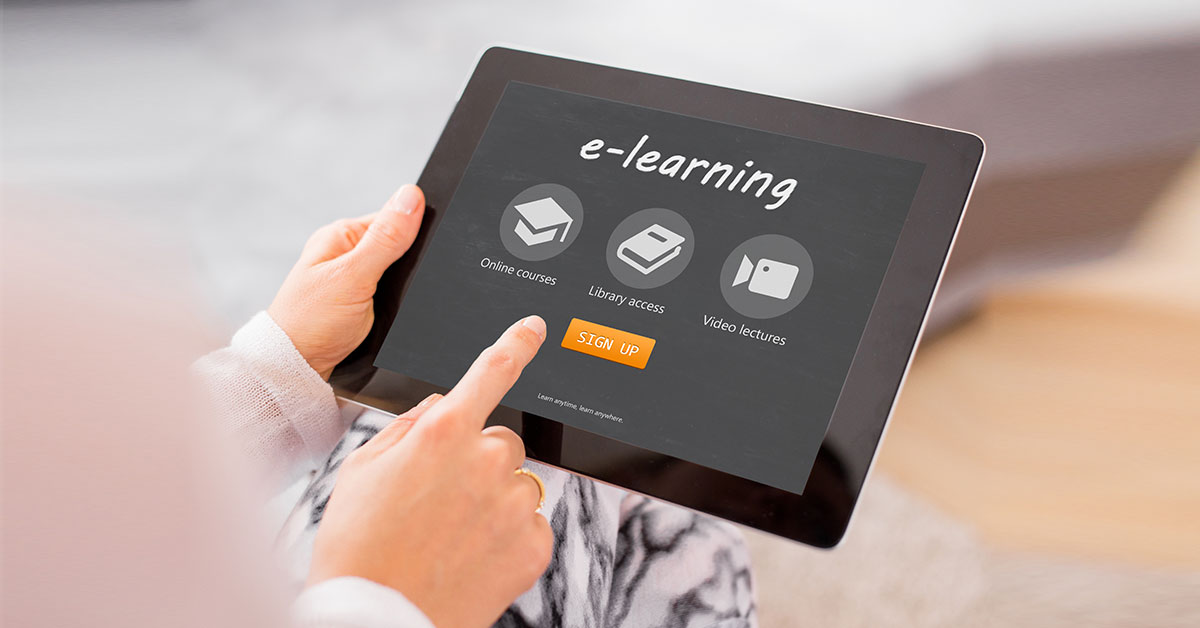The Path to the Best Learning Management System: Crucial Decision-Making Tips
Selecting the appropriate educational technology can feel intimidating with the plethora of choices available in the current market. Whether you are an academic institution, a corporate educator, or a medium-sized business, choosing the best LMS platform is vital for achieving your educational goals and fostering an optimal learning environment. With a myriad of functionalities, cost structures, and technical specifications to think about, it's important to use a strategic approach to this choice.
Prior to diving into the selection, take a moment to assess your particular needs and goals. Identifying the distinct requirements of your organization will help you narrow down the choices and determine the LMS platform that fits most with your goals. This pathway will guide you through the critical factors to consider, ensuring that you make an well-informed decision that back your training activities and boosts involvement for all users.
Determining Your Needs
Before choosing an LMS solution, it is important to definitively define the organization's specific needs. Consider the size of your user base and the forms of content you plan to offer. Comprehending if you will primarily focus on e-learning, blended learning, or instructor-led training will influence your choice. Moreover, consider about the abilities of your learners, as a system needs to be easy to use for both instructors and students to guarantee successful adoption.
Next, evaluate the features that are essential for your organization. Does you want advanced reporting and analytics to monitor learner progress? Is mobile accessibility essential for your users? Determine must-have features together with nice-to-have options. This classification will aid you filter the array of potential LMS platforms that cater to your specific requirements and help ensure that you provide an effective learning experience.
Finally, consider the integration options of the LMS platform with your existing systems. If you use other tools for HR, project management, or customer relationship management, compatibility becomes essential. Assess whether the LMS can seamlessly integrate with these systems to guarantee a consistent workflow. By taking these steps, you can articulate your needs effectively, setting a solid groundwork for the choice process.
Assessing Essential Features
When picking an LMS platform, it is important to consider the critical features that will optimally assist your business's learning goals. Search for functionalities such as curriculum development capabilities, evaluation and scoring options, and analytics data. A reliable LMS must enable for customizable course structures that can address different educational approaches and preferences. Make sure that it includes intuitive dashboards that both students and instructors can use easily.
Interoperability capabilities are yet another critical element to think about. kallidus.com select needs to seamlessly integrate with pre-existing tools and solutions within your business, such as human resources software, digital content repositories, or online meeting tools. This integration can improve the overall educational journey and simplify management duties, making it simpler to handle both content and participants.
In conclusion, assess the scalability and flexibility of the LMS system. Your demands may shift, so the ability to add new functionalities or scale up as your organization grows is crucial. Search for solutions that allow for quick changes without requiring extensive retraining or additional resources. This will confirm that you have a long-lasting system that can respond to the evolving landscape of learning and development.
Creating the Conclusive Choice
After you have gathered the necessary the necessary data about multiple LMS platforms, it's the right time to assess your alternatives carefully. Compile a list of your preferred options and evaluate them according to the important factors you established previously, such as capabilities, cost, usability, and customer support. Engaging stakeholders in this process guarantees that all perspectives are reviewed, and it can reveal preferences that may not have been previously apparent.
Contemplate conducting a pilot with your shortlisted LMS solutions. Many companies offer free trials or demos, letting you to see how the software functions in actual usage. Engage your potential users during this stage to obtain input on ease of use and capabilities. This experiential participation can be essential in determining which system matches best with your company needs and goals.
Ultimately, rely on your intuition and the collective insights acquired throughout your analysis. Weigh the benefits and cons of each option meticulously, and consider future considerations such as expandability and long-term objectives. Deciding on the best option now will save efforts and capital later, ensuring that your LMS platform enhances your training goals successfully.
